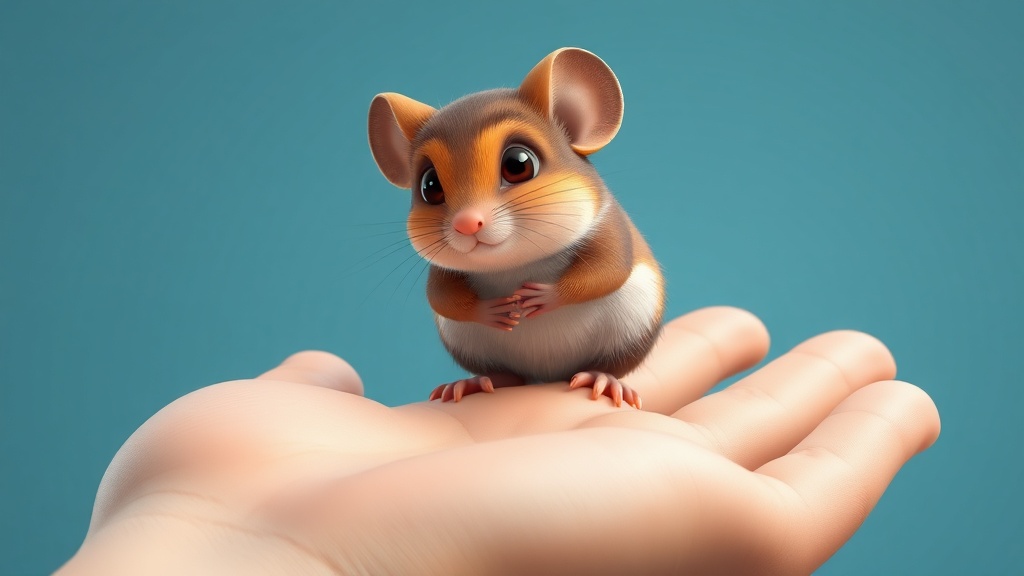Home / Environment / Developers' Levy Puts Dormice, Otters, and Other Wildlife at Risk
Developers' Levy Puts Dormice, Otters, and Other Wildlife at Risk
17 Oct
Summary
- Proposed "nature restoration levy" could harm threatened species like dormice, otters, and barn owls
- Lack of evidence that new strategic approach will work for many species
- Conservationists call for precautionary approach and robust scientific data

According to a report released on October 18th, 2025, plans to make developers pay a levy for their impacts on nature could endanger dormice, otters, and other threatened wildlife. The report, from the Wildlife and Countryside Link coalition of 90 nature organizations, warns of a "black hole" in evidence that the proposed "nature restoration levy" will be effective for many species.
The government has touted the new approach as a way to speed up development while still protecting wildlife, but conservationists argue that without rigorous scientific evidence and field trials, it poses a "serious risk" to already-declining species. They warn that the shift away from site-level safeguards could accelerate the decline of species like hazel dormice, otters, barn owls, and even recently reintroduced beavers.
The report calls for a precautionary approach, urging the government to avoid applying the new system to species without clear proof of its effectiveness. Experts say that for some species, the strategic approach is unlikely to work, while for many others, the evidence is simply "patchy" or "insufficient." They argue that the protection of nature must be the top priority in any new planning legislation.




